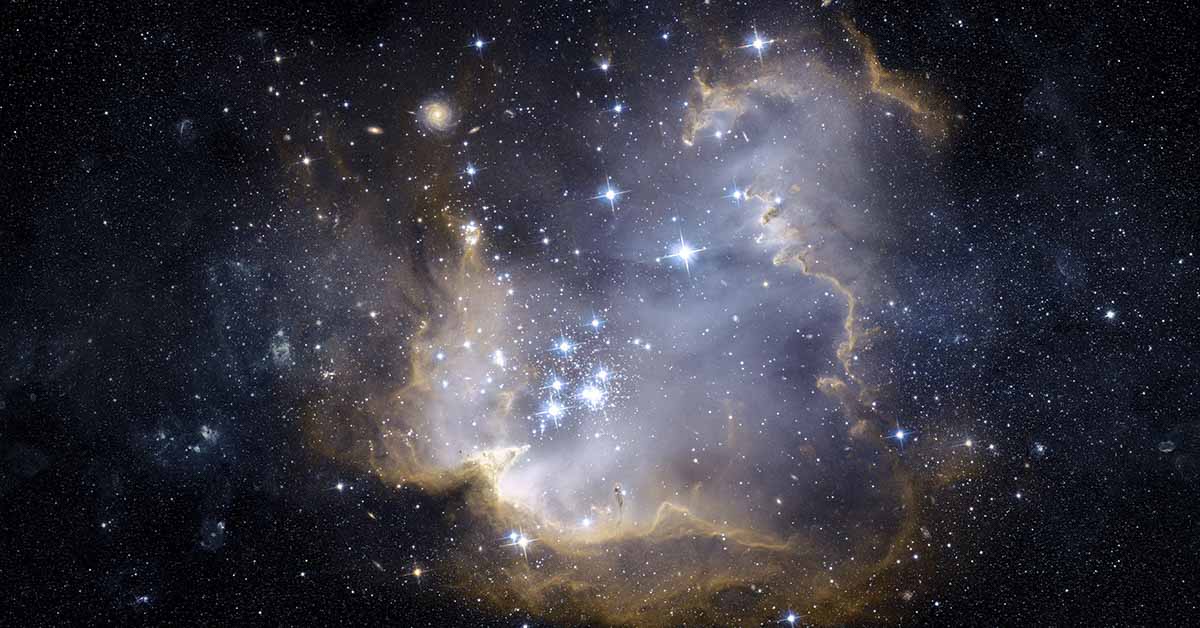Somewhere, far out in our galaxy, astronomers have discovered a deep space object that emits synchronized radio and X-ray pulses once every 44 minutes. Located around 15,000 to 16,000 light years away from our own planet, the object has been named ASKAP J1832- 0911. Pulsars typically pulse every few milliseconds to seconds, so finding a deep space object that pulses at 44-minute intervals is something quite extraordinary. It is an example of a recently discovered group of objects dubbed “long-period radio transients.”
Long‑Period Radio Transients
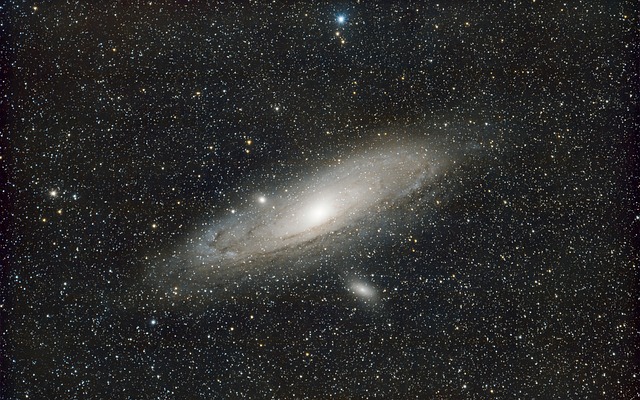
Long-period radio transients (LPTs) emit pulses that are significantly slower than neutron stars. LPTs were first identified around 2022, and less than a dozen have yet been documented. This makes them an extremely rare class of celestial deep space objects. These LPTs may represent a distinct evolutionary path from pulsars, potentially involving white dwarfs, magnetars, or binary systems. However, the lead study of the author, Andy Wang, stated that, “even those theories do not fully explain what we are observing.” This newly discovered deep space object expands the LPT category due to its concurrent X-ray emissions.
The Synchronistic 44 Minute Pulse

The fascinating thing about this deep space object is its meticulously timed emissions: two‑minute bursts in both radio and X‑ray domains, repeated exactly every 44.2 minutes. First captured in 2024, these signals prove that these LPTs emit in multiple wavelengths at the same time. The synchronicity between the X-ray and radio pulses indicates a shared mechanism, maybe connected to rotational modulation or magnetic field dynamics. Whatever the mechanism turns out to be, these synchronized pulses defy what astrophysicists typically expect to see and call for a refinement of existing models.
Read More: Trees React to Volcano Activity Before Eruptions, NASA Finds
A Collaborative Effort
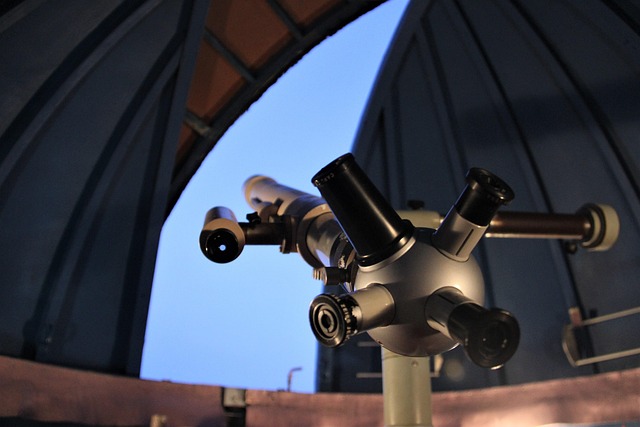
The discovery of ASKAP J1832 was made possible due to the collaborative efforts of several telescopes. The ASKAP telescope was the first to pick up the deep space object’s repetitive radio signals. After that, other telescopes, such as MeerKAT and LOFAR added more details about these radio wave signals. NASA’s Chandra X-ray Observatory also got lucky and happened to observe the object at just the right time in February of last year. Without these perfectly timed observations, they may have completely missed these X-ray signals.
Fluctuating Brightness
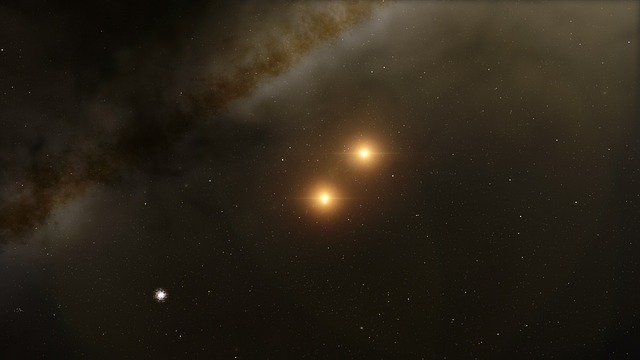
Six months after the detection of the pulses from the deep space object, the emissions suddenly plunged. The radio brightness dropped by a factor of ~1,000, and the X-ray pulses disappeared completely. Such significant variability hasn’t been observed in LPTs before, and this suggests that whatever drives these pulses is episodic and unstable. Researchers suggest that it could be entering a quieter phase, or perhaps the pulses turn off when certain environmental thresholds aren’t met. This means that we now require models that account for long-term changes in intensity as well as rapid periodicity.
The Various Theoretical Possibilities

Scientists have theories about what the deep space object might be. The first is a magnetar, a kind of dead star with a very strong magnetic field and a minimum age of 500,000 years. This could potentially explain the intense X-ray bursts, but it does not explain why the radio emissions are so incredibly bright. Another theory is that it could possibly be a white dwarf, another type of dead star, with a very strong magnetic field. The third possibility is that it could be a pair of stars: a white dwarf and a smaller companion star. However, at the moment, none of these theories really fit what the researchers are observing.
Read More: NASA Telescope Records Breathtaking Moment of the Birth of a Star
Remnants From A Supernova
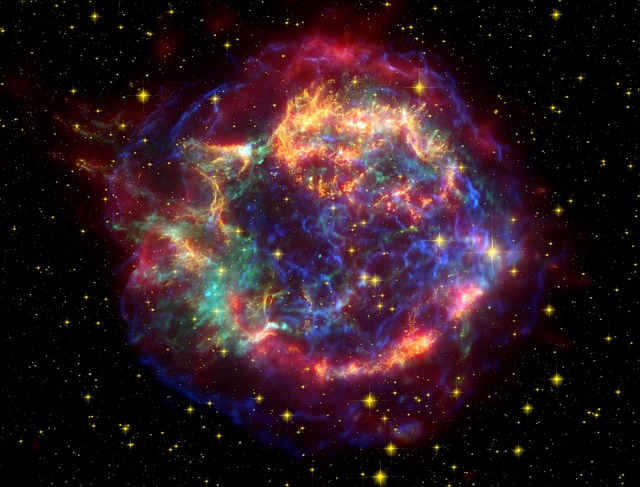
ASKAP J1832 appears in the same part of the sky as a supernova remnant, which is the remaining cloud of a star that exploded. At first, scientists wondered if the two were somehow connected. However, after further investigation, they discovered that ASKAP J1832 is much further away than the supernova remnant. There is also no evidence that the two objects are interacting. This is because there is no additional X-ray or visible light where they overlap. It now appears that the supernova remnant is just located in front of ASKAP J1832, as if by cosmic coincidence. Initially, experts suspected the object was a form of neutron star left over from a supernova, but as more evidence emerged, this appeared less likely.
Future Observations
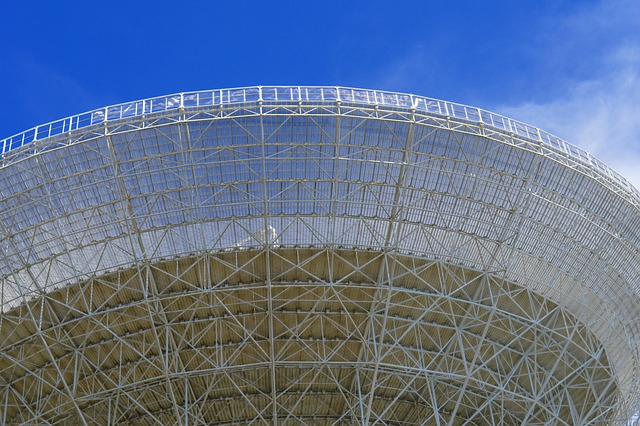
The deep space object’s discovery has paved the way for scientists to search for similar celestial objects. Astronomers are now utilizing many telescopes to study radio waves and X-rays simultaneously. This will help them discover more objects that emit both types of signals, such as ASKAP J1832. Scientists are now also using a technique called optical spectroscopy, which can help them find nearby companion stars. With further observations, they may eventually be able to formulate a theory that explains the mechanisms that drive these objects.
The Bottom Line
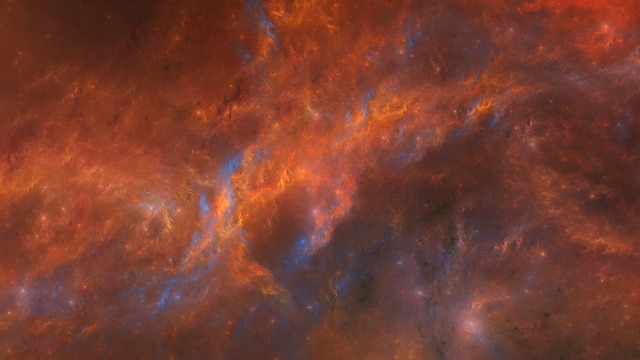
The discovery of ASKAP J1832-0911 has marked the beginning of a whole new chapter in astronomy. Its unusual behavior and synchronized signalshave called into question previous assumptions about how such objects develop and work. Scientists have some theories, but none entirely explain what is going on. For the time being, ASKAP J1832 remains a cosmic enigma, but it has spurred researchers to delve deeper into space. As more discoveries are made, we may eventually be able to determine if this particular deep space object is unique or part of a much bigger, hidden group of stars waiting to be discovered.
Read More: Mysterious ‘Heartbeat’ Detected in Earth Every 26 Seconds, Leaving Scientists Puzzled
